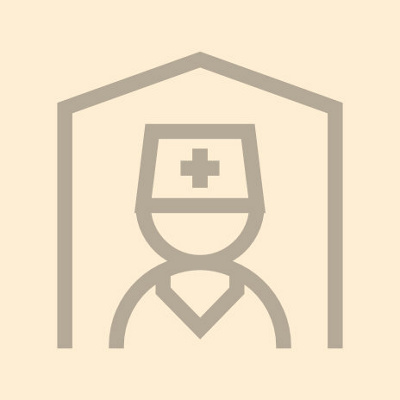Toys can be just for fun, or they can help with important skills and development. Mediclinic’s occupational therapists prefer toys that serve both purposes.
“Toys give your baby a chance to explore and practise their skills,” says Lou-Ann van Heerden, an occupational therapist at Mediclinic Durbanville. “They can be helpful tools, especially for developing your baby’s gross motor skills, fine motor skills, and language skills.””
Lina Noel, an occupational therapist at Mediclinic Tzaneen, explains cause-and-effect: “If a child kicks a ball to Mommy and the ball doesn’t reach her the first time, the child learns that next time they need to kick the ball harder,” she says. “We use the information our body gets through its senses to adjust our actions and get better results. That’s basically what development is.”
Finding their place in the world
Jean Trusler, also an occupational therapist at Mediclinic Tzaneen, says your child’s first year is focused on building postural stability, which is when they’re learning to walk upright. “Toys can help with this. You can place the toy just out of reach, so they must stretch to grab it. Remember that it’s not just the toys, but how you use them that really matters.”
Play also helps build spatial awareness in babies and toddlers. “When a child crawls, they’re learning about their body and the space around them,” Jean explains.
Toys that grow with your child
Sensory toys: “From birth to one year, I recommend sensory toys that stimulate hearing, touch, sight, movement, and smell,” says Lou-Ann. “These can include rattles, crinkle toys, toys with lights and sounds, and soft toys like teddies that help with social skills. Bright toys are great for helping babies focus and track movement.”
Push toys: Jean gives the example of a trolley: “It offers some stability and improves a child’s balance,” she says.
Shape sorters, stacking toys, and blocks: Toys like this help develop fine motor skills, hand-eye coordination, and an understanding of shapes in space.
Sensory books: “These books can be enjoyed by children of different ages and offer many sensory experiences; they can also be used during tummy time,” says Lou-Ann.
Bath toys: Bath time is another chance for sensory play. “It’s a lovely opportunity for a child to explore textures and sensations like bubbles, running water, and a little squeeze duck,” says Lina. Jean adds that bath time also helps children understand cause and effect, like when they pour water over toys or splash, while also developing their motor skills.
What about screen time?
For Jean, the answer is a clear no: “There’s no need for any electronic device for a very small child. Not at all.” Lina and Lou-Ann agree. “An electronic device can’t give your child the real experience they need to develop their bodies and brains,” explains Lina. “It takes away the chance to go outside and run, explore, climb, and pull.”
Great toys don’t need to be bought
As Jean reminds parents: “Notice how your child is using the toy. Are they interacting with their surroundings? Are they moving and exploring the space around them? You could have the best toy, but if they're not engaging with it, it’s not helping them.”
Everyday household objects make excellent toys, too. “Don't underestimate your plastics cupboard, pots, and water jugs,” says Lou-Ann. Lina adds that household items can be just as interesting as toys. “When your little one starts unpacking drawers,” Jean suggests, “encourage it and make it a game”.
After all, the best toy might be hiding in your kitchen cupboard!
Further publications on the topic
Doctors 1


